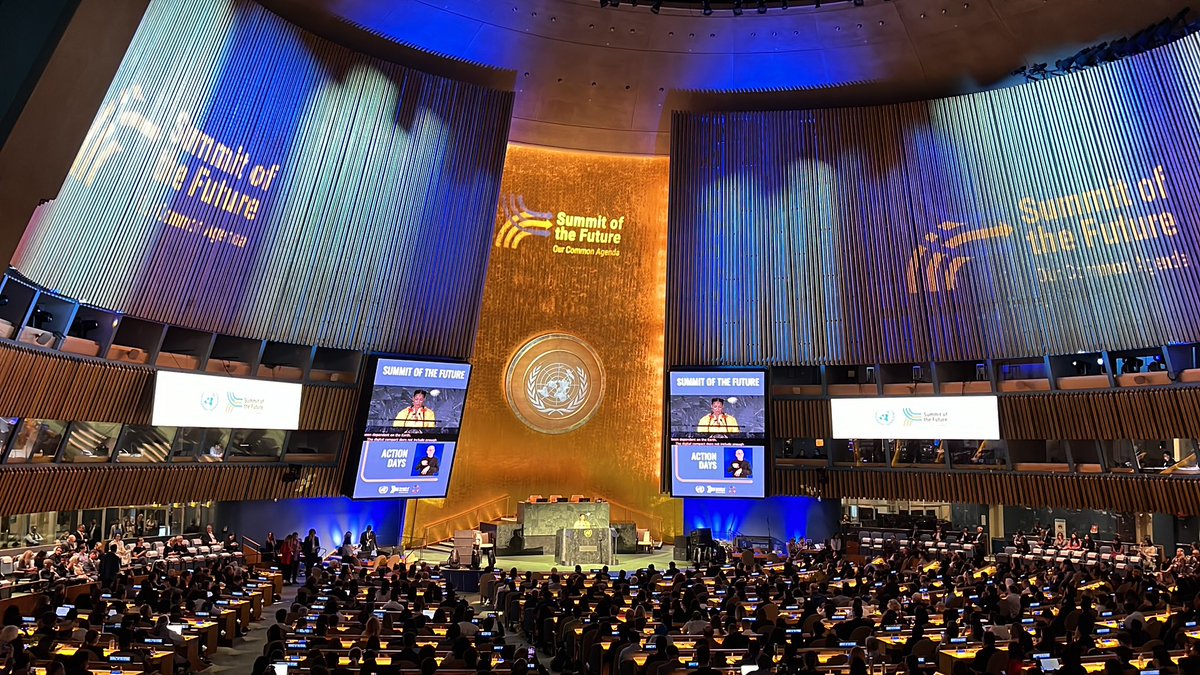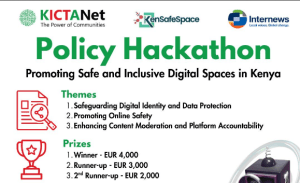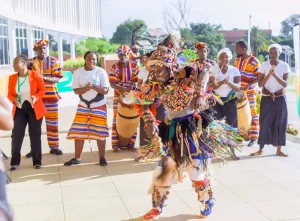Attending the Global Digital Compact (GDC) provided an invaluable opportunity to engage with global leaders and stakeholders at the Summit of the Future at the United Nations Headquarters in New York. This summit, under the theme “Our Common Agenda,” aimed to address critical global challenges through collaborative efforts and innovative solutions.
Summit of the Future
The “Summit of the Future” is an initiative by the United Nations to address global challenges through multilateral cooperation. The “Pact for the Future” is a commitment by world leaders to protect present and future generations through collective action. It outlines 56 actions across various domains:
The summit focused on several key areas:
- Sustainable Development: Participants committed to implementing the 2030 Agenda and achieving the Sustainable Development Goals (SDGs) through bold and transformative actions. This includes eradicating poverty, ending hunger, addressing climate change, and promoting gender equality.
- International Peace and Security: The summit emphasized building peaceful, inclusive societies by addressing root causes of conflict, protecting civilians in armed conflict, and promoting international cooperation to prevent terrorism and organized crime.
- Science, Technology, and Innovation: leveraging science and technology for sustainable development by ensuring equitable access and protecting human rights. This includes advancing digital cooperation, closing digital divides, fostering an inclusive digital space that respects human rights, and enhancing the governance of artificial intelligence to ensure it benefits all of humanity.
- Youth and Future Generations: Investing in the social and economic development of young people was highlighted as crucial for enabling them to reach their full potential. The summit also emphasized meaningful youth participation at national and international levels.
- Transforming Global Governance: The need to reform global governance structures to make them more representative, inclusive, and effective was a key topic. This includes reforming the Security Council and strengthening the role of the General Assembly.
- Climate Action: Commitments include reducing greenhouse gas emissions, enhancing adaptation finance for developing countries, and protecting ecosystems.
Global Digital Compact
The Global Digital Compact is a framework outlined in the United Nations “Pact for the Future,” which aims to address various global challenges through digital cooperation and governance. It is part of a broader initiative to ensure digital technologies contribute positively to sustainable development, human rights, and worldwide peace and security. Here are the key objectives and principles of the Global Digital Compact:
Objectives of the Global Digital Compact
- Close Digital Divides: The Compact emphasizes the need to close all digital divides, ensuring equitable access to digital technologies and accelerating progress across the Sustainable Development Goals (SDGs).
- Expand Inclusion and Benefits: It seeks to expand inclusion in and benefits from the digital economy for all, ensuring that everyone can participate in and benefit from digital advancements.
- Foster an Inclusive Digital Space: The Compact aims to create a digital space that is inclusive, open, safe, and secure while respecting, protecting, and promoting human rights.
- Advance Data Governance: It promotes responsible, equitable, and interoperable data governance approaches to ensure data is managed in ways that benefit humanity.
- Enhance AI Governance: The Compact seeks to enhance international governance of artificial intelligence to ensure that AI technologies are developed and used for the benefit of humanity.
Principles of the Global Digital Compact
- Human Rights-Based Approach: The Compact emphasizes a human rights-based approach to digital governance, ensuring that digital technologies do not infringe on fundamental rights and freedoms.
- Multistakeholder Participation: It encourages participation from multiple stakeholders, including governments, civil society, private sector, and academia, in shaping digital policies and practices.
- Sustainability and Inclusivity: The Compact focuses on sustainable development and inclusivity, ensuring that digital technologies contribute to environmental sustainability and social equity.
Commitments of the Global Digital Compact
The Global Digital Compact outlines specific commitments and actions aimed at achieving its objectives. These include:
- Closing digital divides by investing in infrastructure and capacity-building.
- Promoting digital literacy and skills development.
- Ensuring data protection and privacy.
- Encouraging innovation while mitigating risks associated with emerging technologies.
Overall, the Global Digital Compact is part of a comprehensive effort by the United Nations to harness the potential of digital technologies for sustainable development while addressing potential risks and challenges associated with their use.
Action Days at the Summit of the Future.
The “Action Days” at the Summit of the Future were part of a series of events designed to foster dialogue and inspire action on global challenges. These days were intended to provide opportunities for stakeholders to engage in discussions and collaborate on solutions for sustainable development, peace, security, and digital cooperation.
Felipe Paullier from Uruguay, the first United Nations Assistant Secretary-General for Youth Affairs, highlighted the transformative potential of “Action Days” as a platform for positive change. His statement, “The pact of the future offers an opportunity to build a future we want,” underscores the importance of youth involvement in shaping global policies.
Terry Otieno, a youth engagement facilitator, praised the UN’s openness to youth participation, emphasizing that involvement is based on merit rather than connections. This sentiment was echoed by Daniel Joseph Carden, a British Labour Party MP, who stressed that parliaments must evolve to meet today’s challenges.
Hello Kitty robot from Japan delivered a creative presentation advocating for intergenerational harmony, believing that collaboration across ages can create a better world. Meanwhile, UN Secretary-General António Guterres called for accelerated reforms and highlighted technology’s role in uniting people.
Challenges and Criticisms
Despite its successes, the Summit of the Future faced criticism regarding meaningful participation during Action Days. The panels and discussions lacked direct feedback mechanisms such as Q&A sessions, limiting participant engagement. Furthermore, logistical issues arose as many delegates who traveled to New York were unable to attend subsequent events due to registration closures.
Other criticisms include the areas the Summit of the Future may not have in-depth considerations:
- Civil Society and Youth Engagement: There is insufficient inclusion of civil society and youth in decision-making processes, limiting diverse perspectives and innovation. Probably because of this criticism, the opening ceremony of the day of the #ActionDays was youth-led, and featured youth-related issues.
- Concrete Implementation and Accountability: The draft Pact for the Future lacks specific implementation measures and accountability mechanisms, risking ineffective commitments.
- Specific Global Crises: The summit has not adequately addressed urgent global crises like climate change, inequality, and geopolitical conflicts, nor provided solutions reflecting the needs of those most affected.
- Economic Models and Rights: There is a failure to address economic rights and the need for new economic models that value sustainability over mere GDP growth.
Outcomes and Commitments
The summit concluded with the approval of a final document outlining key actions and commitments the thematic areas outlined in the pact of the future document, which were Sustainable Development, International Peace and Security, Youth and Future Generations, Transforming Global Governance, and Science, Technology, and Innovation.
The Summit of the Future underscored the importance of multistakeholder collaboration in creating an equitable digital future. While challenges remain, particularly in participant engagement and logistical coordination, the commitments made provide a roadmap for addressing global challenges. By fostering innovation and inclusive dialogue, we can build a world where technology serves humanity’s best interests. As we move forward, it is crucial to ensure that no one is left behind in this digital age.
KICTANet’s participation was made possible through support from The World Association for Christian Communication (WACC).
By Mwendwa Kivuva.
![]()




